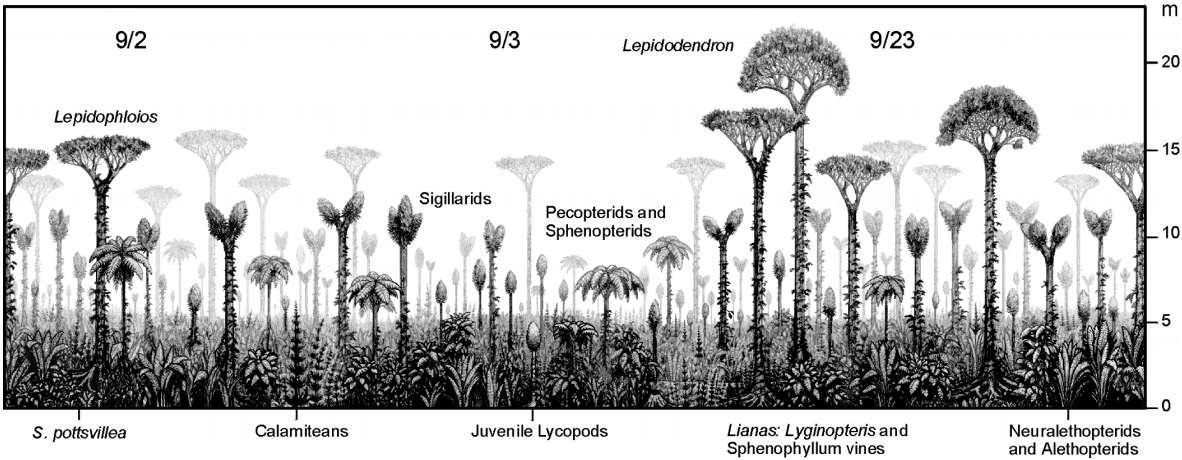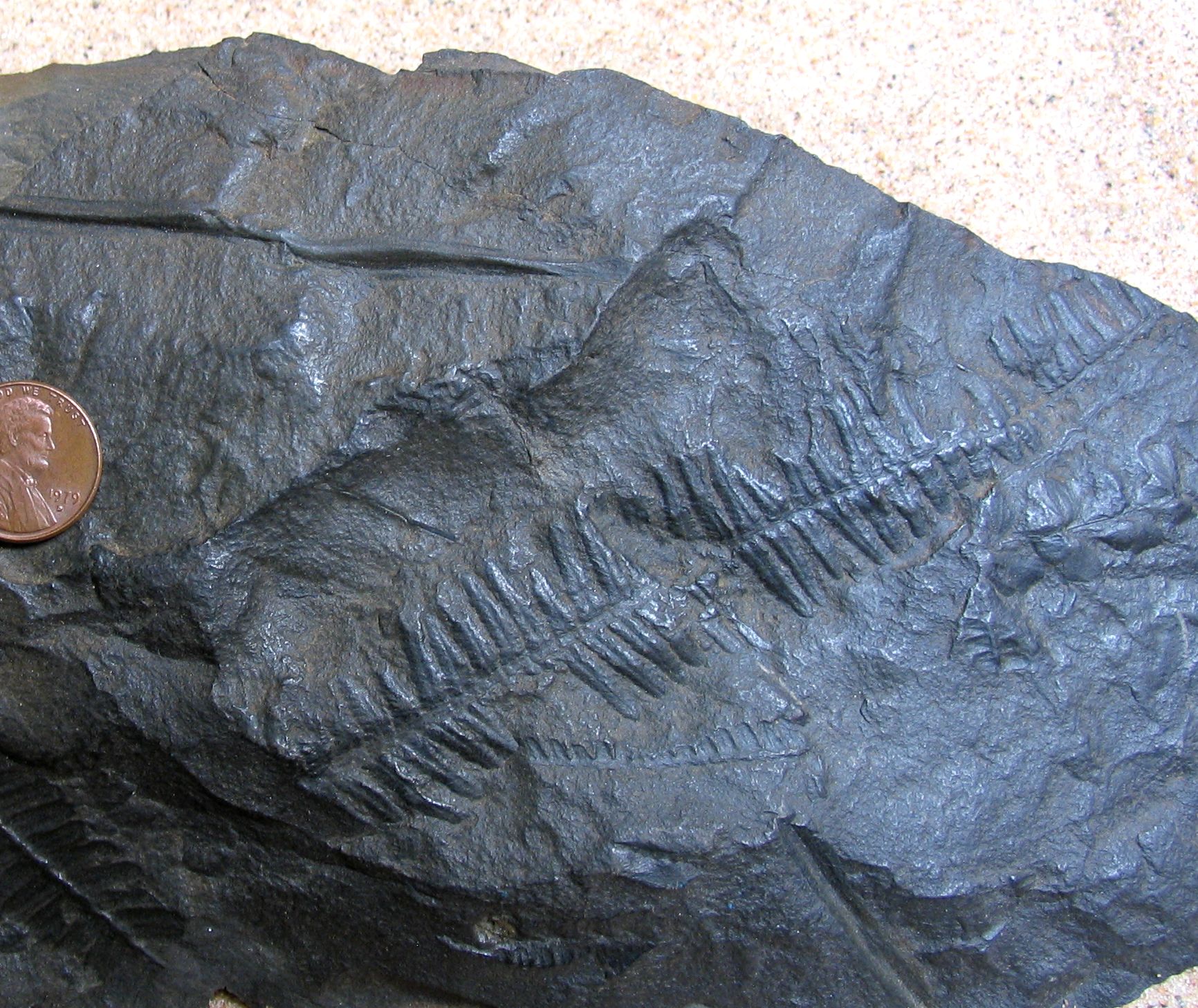Because of the paper you provided. :idunno:
"...but these are difficult to discriminate from pollen produced by stem‐angiosperms or gymnosperms."
See? They're very similar. Why are you so confident that they cannot be pretty much the same thing?
It says the EXACT OPPOSITE of what you're claiming. Let me translate for you again since you apparently don't understand scientific writing: "We can't know for sure whether it's a crown angiosperm or a gymnosperm (pines, spruce, fir, and others) so we are excluding it from our data because it is equivocal!"
You don't base a very major claim on weak equivocal evidence.
Let's back up a bit and explain the situation a bit better (for anyone else following along).
The story the evidence tells us is this:
Today we look around us and see Angiosperms (flowering plants) everywhere. Every tree you see, aside from conifers and a few other oddballs are angiosperms. Not all angiosperms have beautiful flowers, some are wind pollinated like grasses. The food that we humans eat is all angiosperms: rice, wheat, coconuts, apples, squash, potatoes, cassava etc.
Many insects are specialized to feed on flowers. If we look into the layers of rock left behind, before a certain point we do not see evidence of these plants at all, or the insects that pollinated them. Even these handful of pollen grains are tiny in number compared to all of the other groups of plants that were around, dominating the planet. So a major reversal happened around the cretaceous period. Flowering plant pollen is suddenly everywhere, like today, and the pollinating insects, bees, butterflies and moths suddenly diversify.
Now why are there all of these layers of rock where any evidence of flowering plants is minimal and equivocal?
It's possible flowering plants were around as a primitive crown group and in tiny numbers as far back as the Triassic. Maybe the coevolutionary relationship of Angiosperm and pollinator hadn't yet been set into motion. This is the "long fuse" model, that's mentioned in the paper I linked. It's possible. Seed bearing plants, the group that gave rise to angiosperms have been around a very long time. The molecular evidence, according to the paper, actually does point to an earlier origin, but they say the speed of the radiation might make that inaccurate. Really, we can't say for sure unless we get some clear fossils of intact angiosperms from much earlier. Regardless, the explosion of angiosperm diversity didn't occur until that relatively late point as far as rock layers go.
Mind you these are the kind of primitive flowers we're talking about:
This flower doesn't have distinct petals and stamens, they're basically the same thing.
So the real question is, why isn't there angiosperm pollen everywhere, like today, all the way down the geologic column?
If YEC were true, we would definitely expect that. The story of creation and the garden of eden even specifically talks about trees bearing fruit and fruit is the exclusive domain of angiosperms.
Angiosperm means "Vessel seed" meaning seeds inside of a container. Gymnosperm means "Naked seed" which the seeds are held on the surface of cones.






